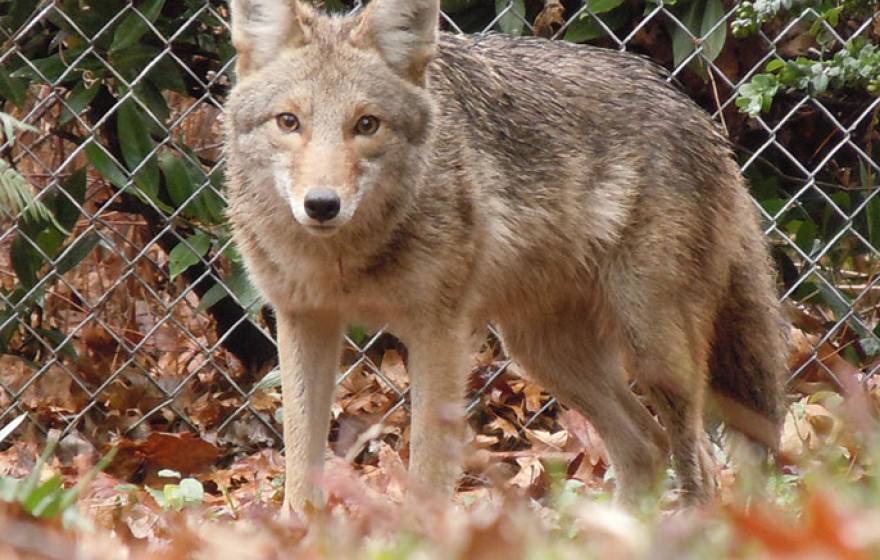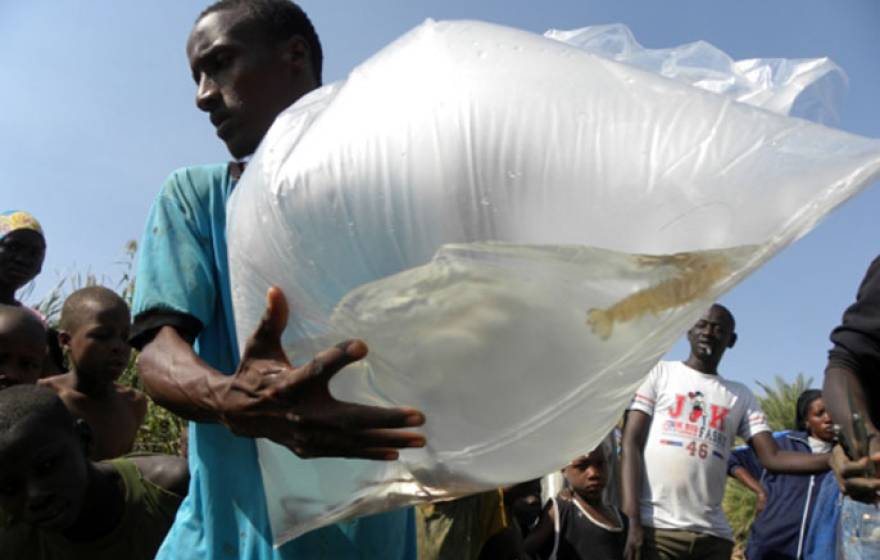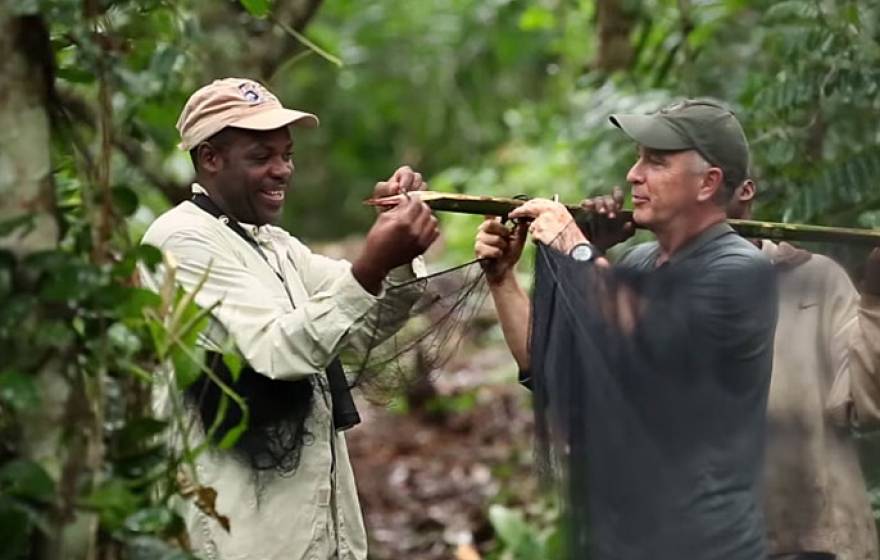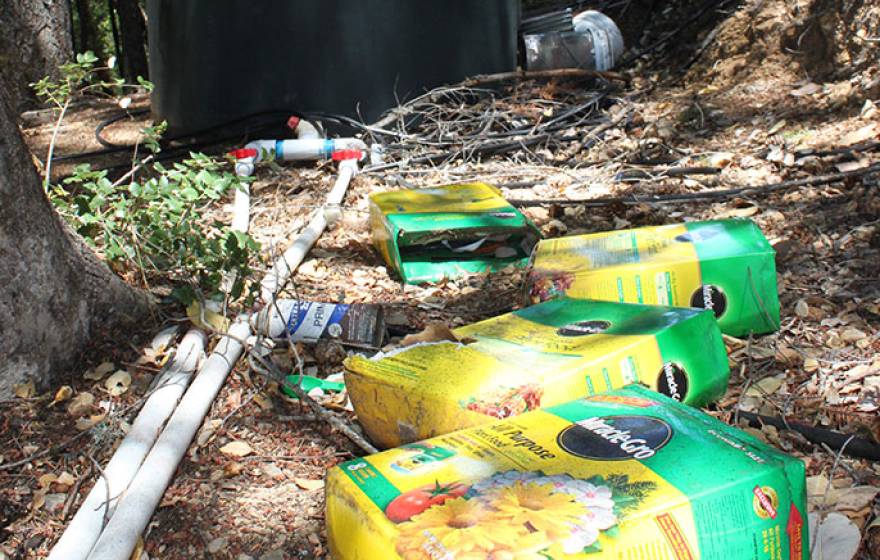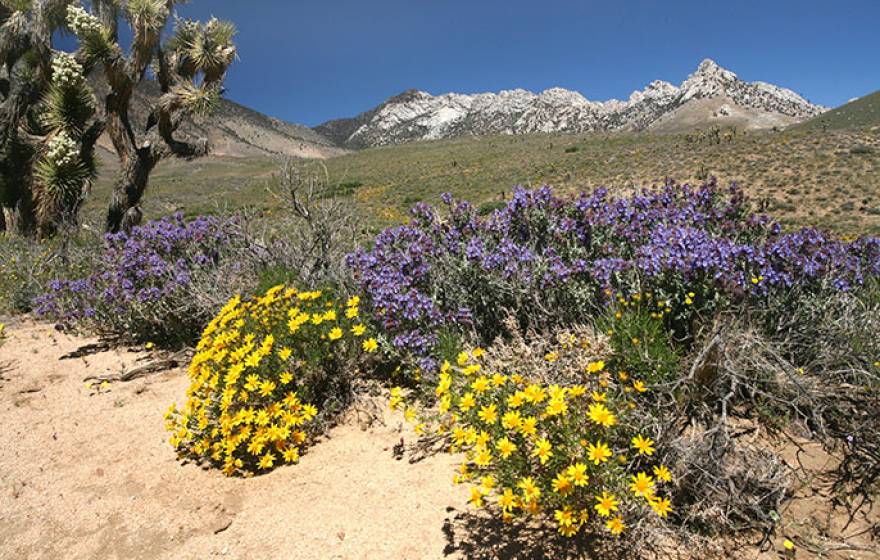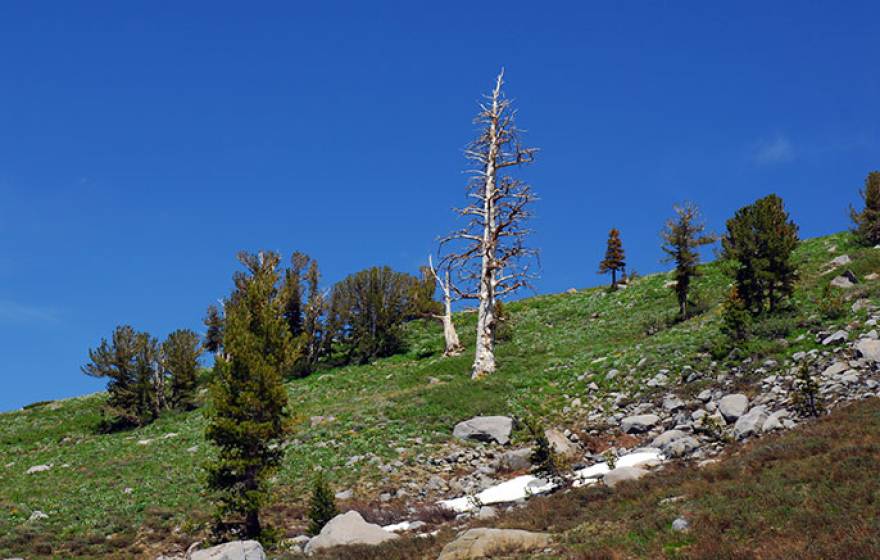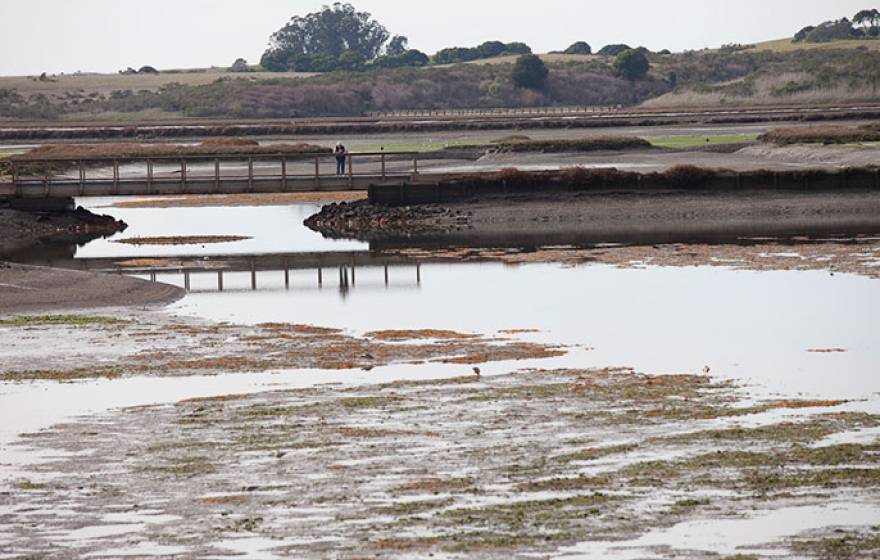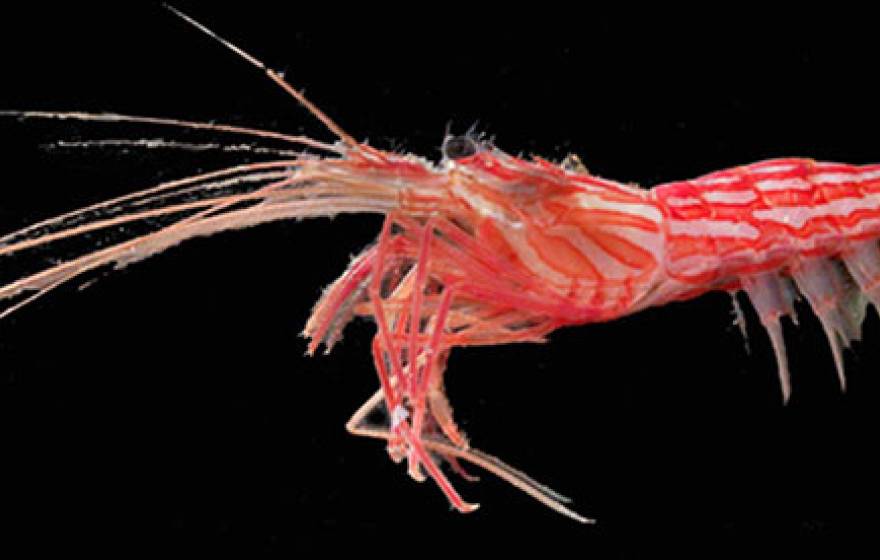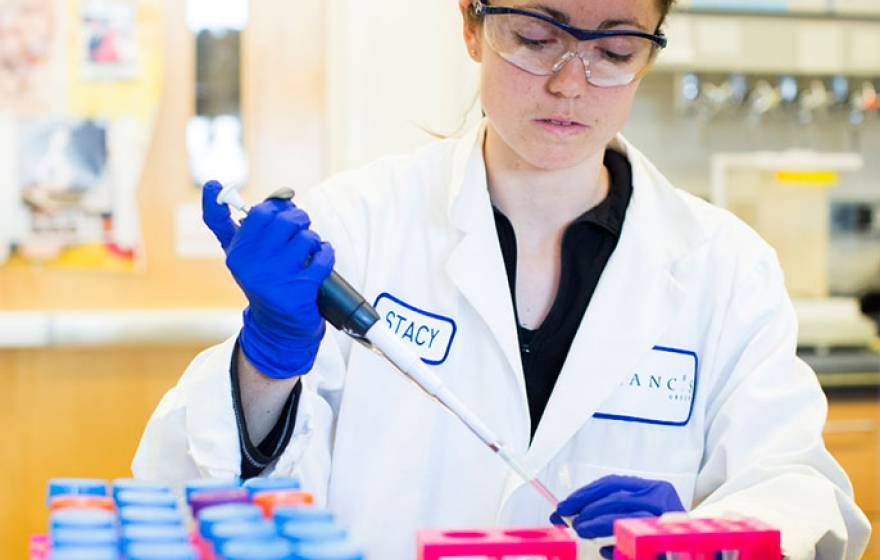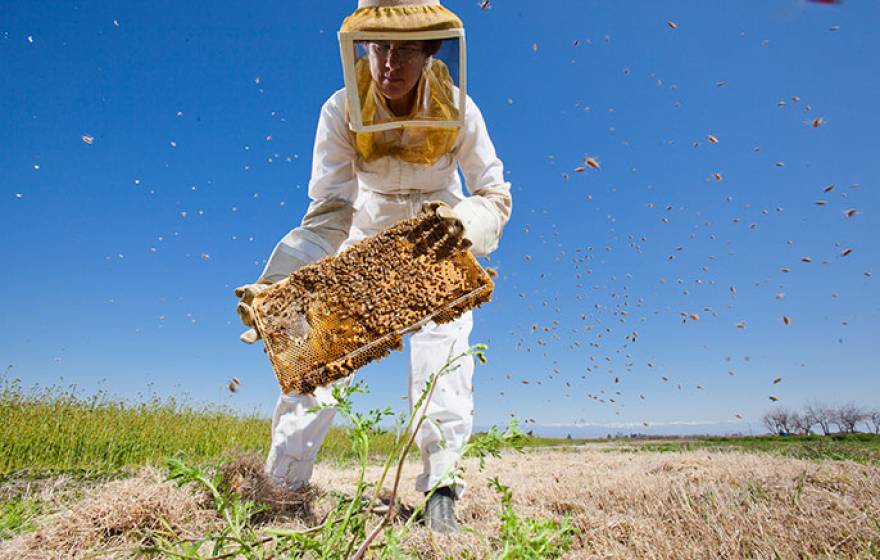UC Santa Barbara via The Conversation |
Concrete jungle: Cities adapt to growing ranks of urban wildlife
In recent years, a host of charismatic wild species have returned to American cities in numbers not seen for generations.
UC Santa Barbara |
A win-win-win-win
With $1.5 million in National Science Foundation funding, a group of researchers from UC Santa Barbara and partner institutions will study the effects of a novel way of eradicating schistosomiasis.
UCLA |
Congo Basin Institute partnership is a ‘game-changer’ for environmental protection
Institute targets deforestation and disease control in the world's second largest rainforest.
UC Berkeley |
Environment takes big hit from water-intensive marijuana cultivation
Irrigation, pest control and garbage take heavy toll on drought-stressed watershed areas.
UC Davis |
California’s wildflowers losing diversity in face of warmer, drier winters
Similar trends have been found in other Mediterranean environments, such as those of southern Europe.
UC Irvine |
A third of world's biggest groundwater basins are in distress
Reserves are likely far smaller than previously thought, and some may have only decades left before running dry.
UC Santa Barbara |
Our forests are dying
Drought, heat and insects are responsible for the death of more than 12 million trees in California.
UC Santa Cruz |
Dwindling fish linked to excess nutrients
Nutrient-rich runoff from land takes a toll on fish nurseries in coastal estuaries and subsequently on commercial fisheries.
UC San Diego |
Cloudy shrimp, thanks to ocean acidification
Increased acidity is linked to more calcium in shrimp shells and, as a result, decreased shrimp transparency.
UC Center for Occupational and Environmental Health |
New approach to ID chemicals that raise risk of breast cancer
Exposure to synthetic chemicals and pollutants in air, water, food, workplaces and consumer products may account for a significant portion of breast cancer risk.
Lawrence Berkeley Lab |
New technique allows study of clouds in 3-D
Stereophotogrammetry provides a unique window into clouds, thus improving climate models.
UC San Diego |
Tiny parasite may have big impact on honey bees
Pathogen found to infect larvae as well as adult bees — another factor implicated in colony collapse disorder.
